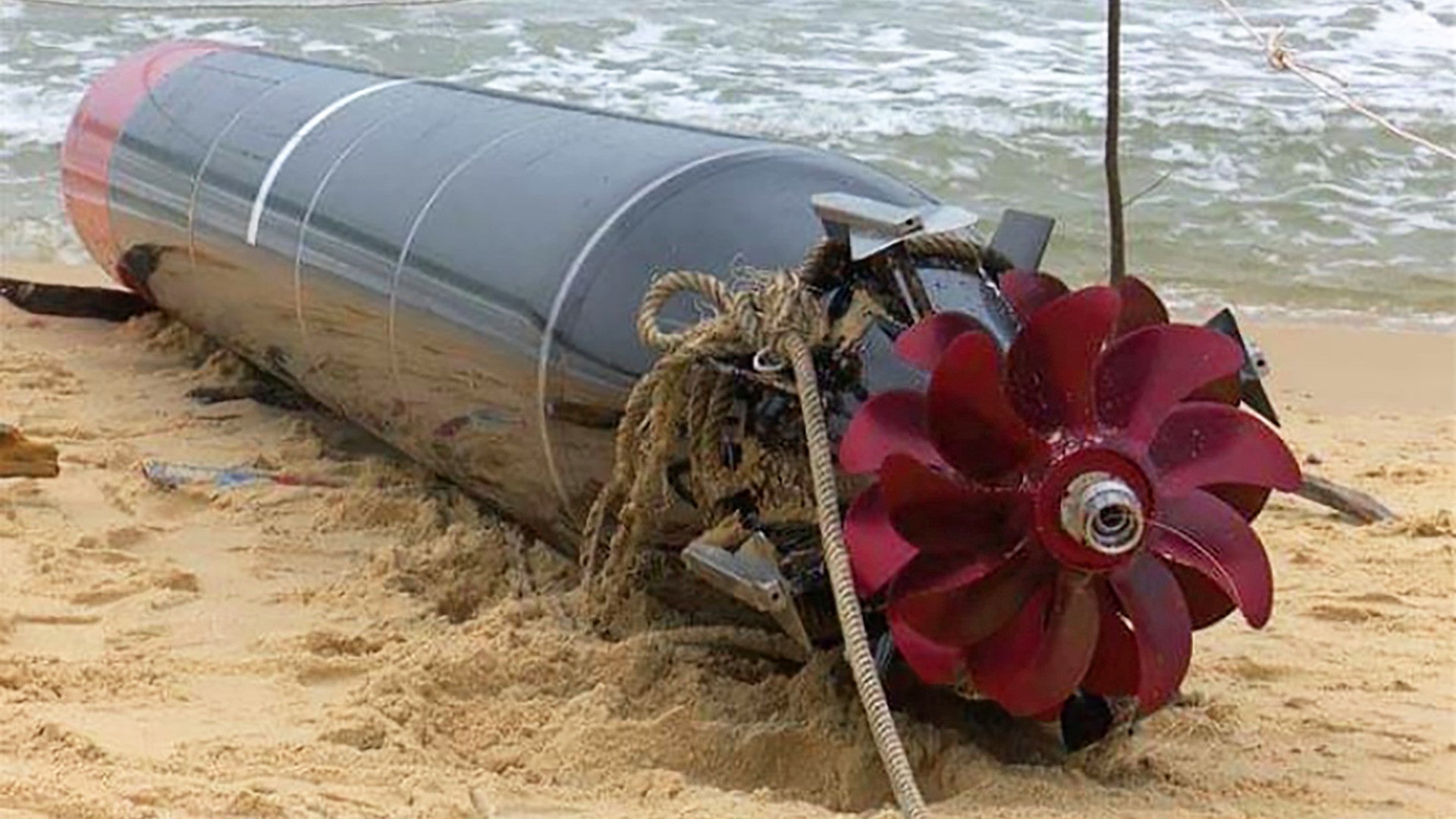Vietnamese fisherman Tran Minh Thanh landed an unusual catch the other day, finding what appears to be a Chinese torpedo off the country’s coast. Under the watchful eye of local border guards, Tran dragged it ashore where onlookers got a chance to see it before government officials took it away for further inspection.
Tran reportedly found the torpedo more than four miles out to sea from his village in Vietnam’s central Phu Yen province, which would be within the country’s national waters, on Dec. 18, 2018. The weapon is slightly over 22 feet long and has a diameter of just over 21 inches. It’s size and shape, coupled with Chinese markings, strongly suggest that it is Yu-6 from the People’s Liberation Army Navy (PLAN).
We don’t know where it originated, but pictures and video show the torpedo has a bright orange colored section where the warhead would normally be, typically associated with test and training rounds. One of the People’s Liberation Army Navy’s nearly 80 submarines may have fired it during an exercise in the South China Sea.

If Chinese forces were unable to recover it, the torpedo could have subsequently drifted towards the Vietnamese shore. Phu Yen sits about 300 miles southwest of the Paracel Islands, a region at the center of a long-running dispute
between Vietnam and China. The province is also less than 400 miles south of Hainan Island, home to one of China’s biggest submarine bases.
Of course, the entirety of the South China Sea is contested at present, with China insisting that the bulk of the region is its own national territory. It conducts regular air and naval training exercises in and around a series of man-made military outposts to assert its claims. It’s hardly the first time a training torpedo has gone missing during a drill only to wash up in a foreign locale, either.
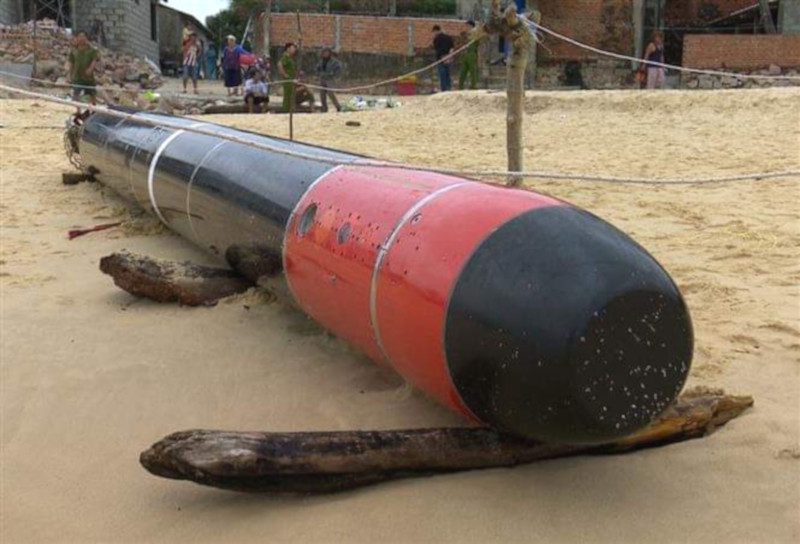
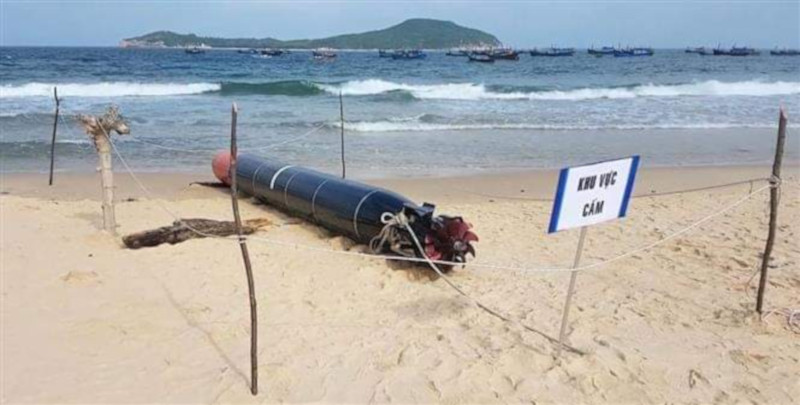
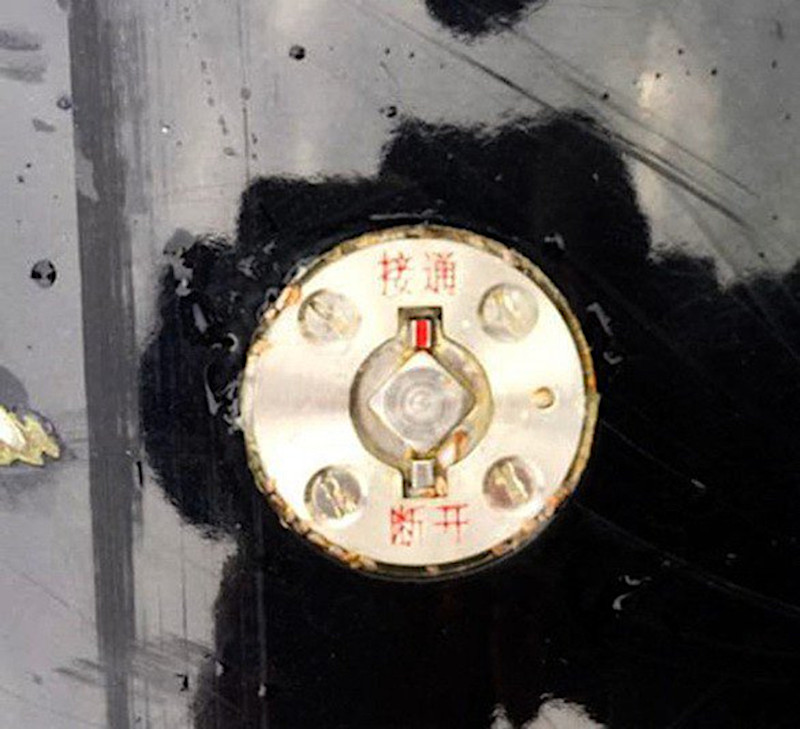
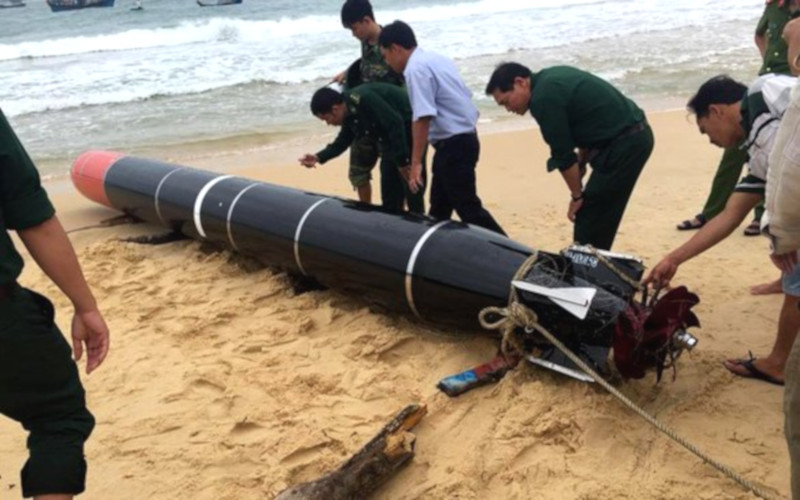
Now that the Vietnamese government has it, they will almost certainly seek to examine it for any potential intelligence value. There is relatively little publicly available information about the Yu-6, which reportedly entered PLAN service in 2005.
It is understood to be a, at least in part, a reverse-engineered U.S. Navy Mk 48 and is virtually identical visually to the American weapon. It may also include design features lifted from the Soviet-era Type 53 series.
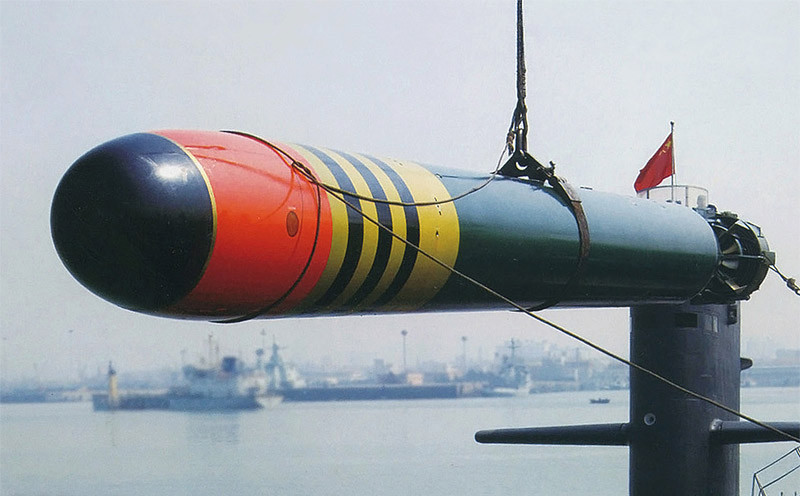
Chinese reports have described the torpedo as an analog to the Mod 4 variant of the Mk 48 specifically, which entered Navy service in 1982 and featured improved doppler tracking capability over previous variants. In the United States, the Mod 4 variant has long been supplemented with more advanced models.
Work on the Yu-6 began in 1995, but was repeatedly delayed due to technical difficulties, especially with its acoustic guidance and propulsion systems. The final design reportedly has a maximum range of nearly 30 miles, a top speed of almost 75 miles per hour, and features options for remote-controlled wire guidance, active and passive sonar homing, or wake homing. Today, it is one of the most advanced torpedos in Chinese service and its development was such a significant achievement for China that the lead designer, Dong Chunpeng, received a 2006 State Science and Technology Prize.
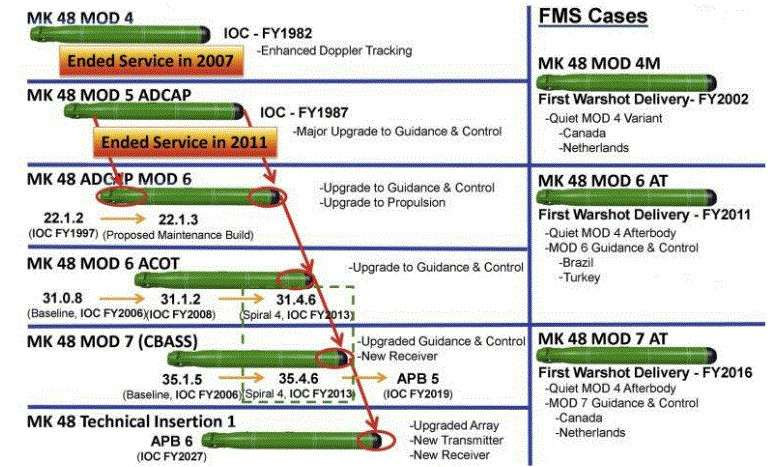
The Yu-6 also served as the basis for an improved, electrically-powered variant known as the Yu-9. Electrically powered torpedos are generally quieter, and therefore harder to detect, than those with some form of chemical propellant, but have also historically been slower. More modern electric designs have significantly closed that speed gap and also feature long-lasting batteries to extend their shelf-life. The torpedo that washed up in Vietnam does not appear to be one of these more advanced types, which only entered service in 2012.
That’s not to say that having a Yu-6, even a training round, in relatively good condition isn’t still valuable. The Vietnamese could conduct tests to determine just how quiet this type is and what sort of acoustic and other signatures it does produce. Any guidance system components would also be of great interest. They could also decide to share those findings, or components of the torpedo itself, with their allies.
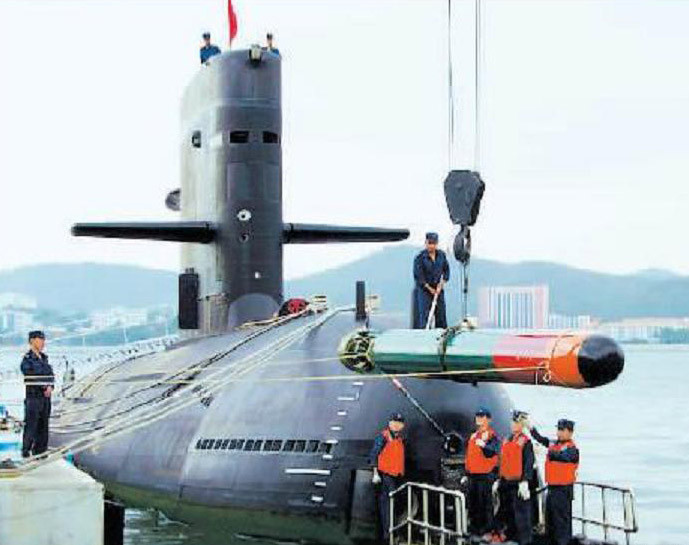
With the prospect of potential undersea warfare in the South China Sea only becoming more pronounced, any new information on Chinese torpedos is likely to be beneficial for the development of both countermeasures and naval tactics techniques and procedures.
As the PLAN steps up operations in the region, it’s possible that debris from training exercises washing up on shore might become a more common occurrence and those materials could be a boon foreign U.S. and allied intelligence services and vice versa for Chinese intelligence. Mysterious underwater gear has fallen into Chinese hands in recent years, as well. As the underwater battlespace becomes increasingly unmanned, just plucking a potential foe’s technology from the relatively shallow waters of the contested South China Sea is also likely to become more commonplace.
With all this in mind, South China Sea fisherman may find themselves netting catches that are far more prized than they could ever have imagined.
Contact the author: Tyler@thedrive.com
